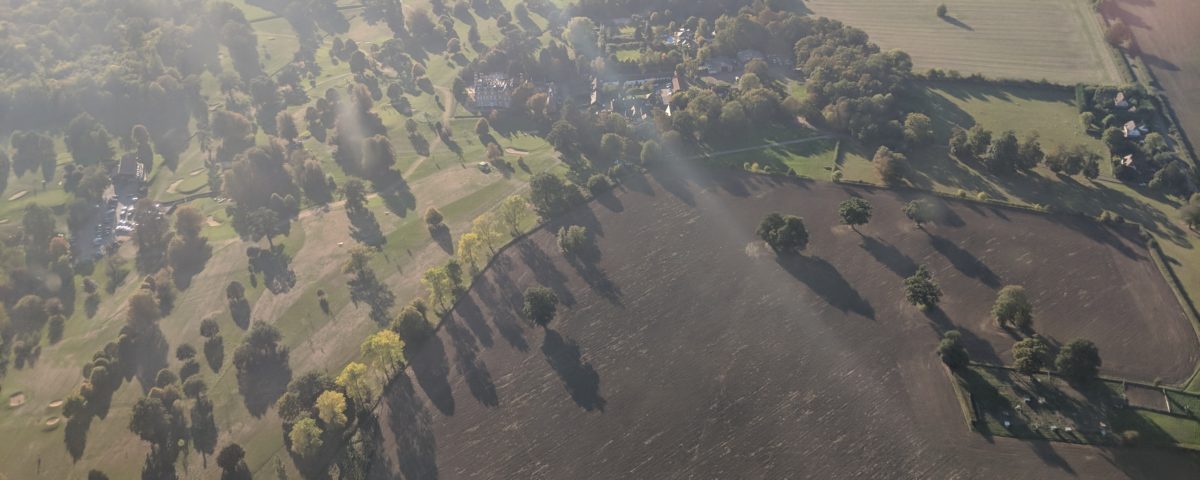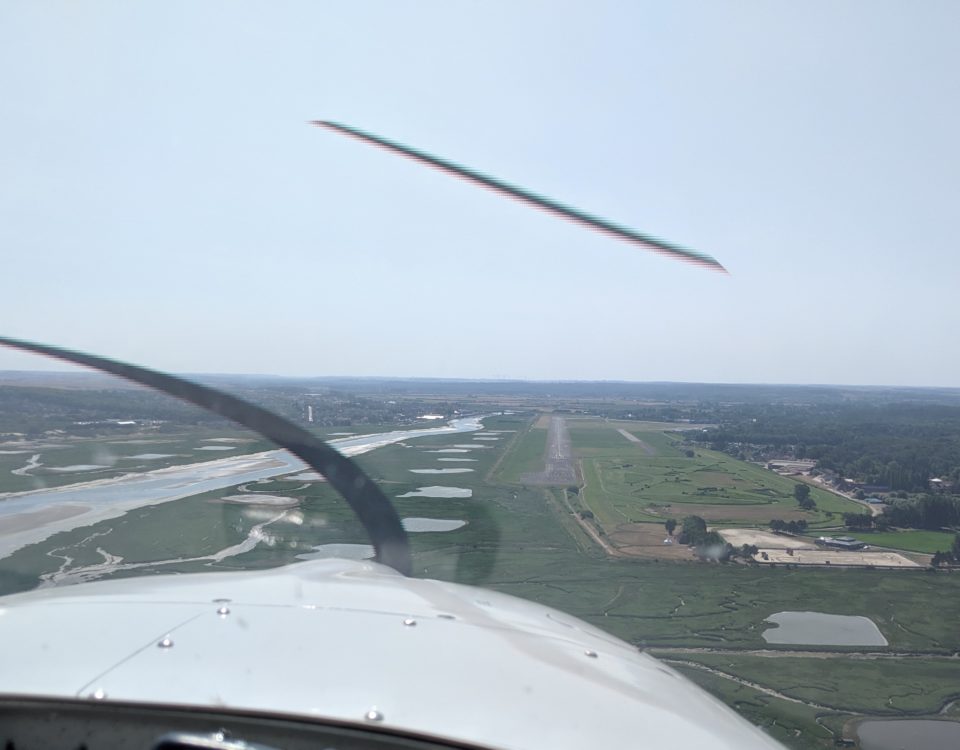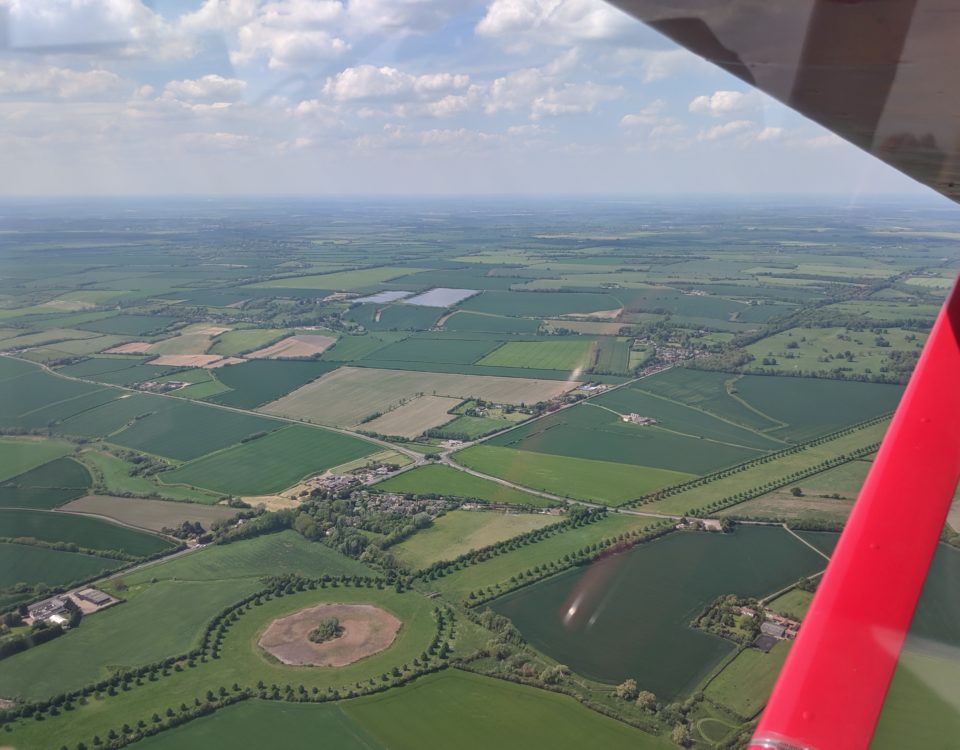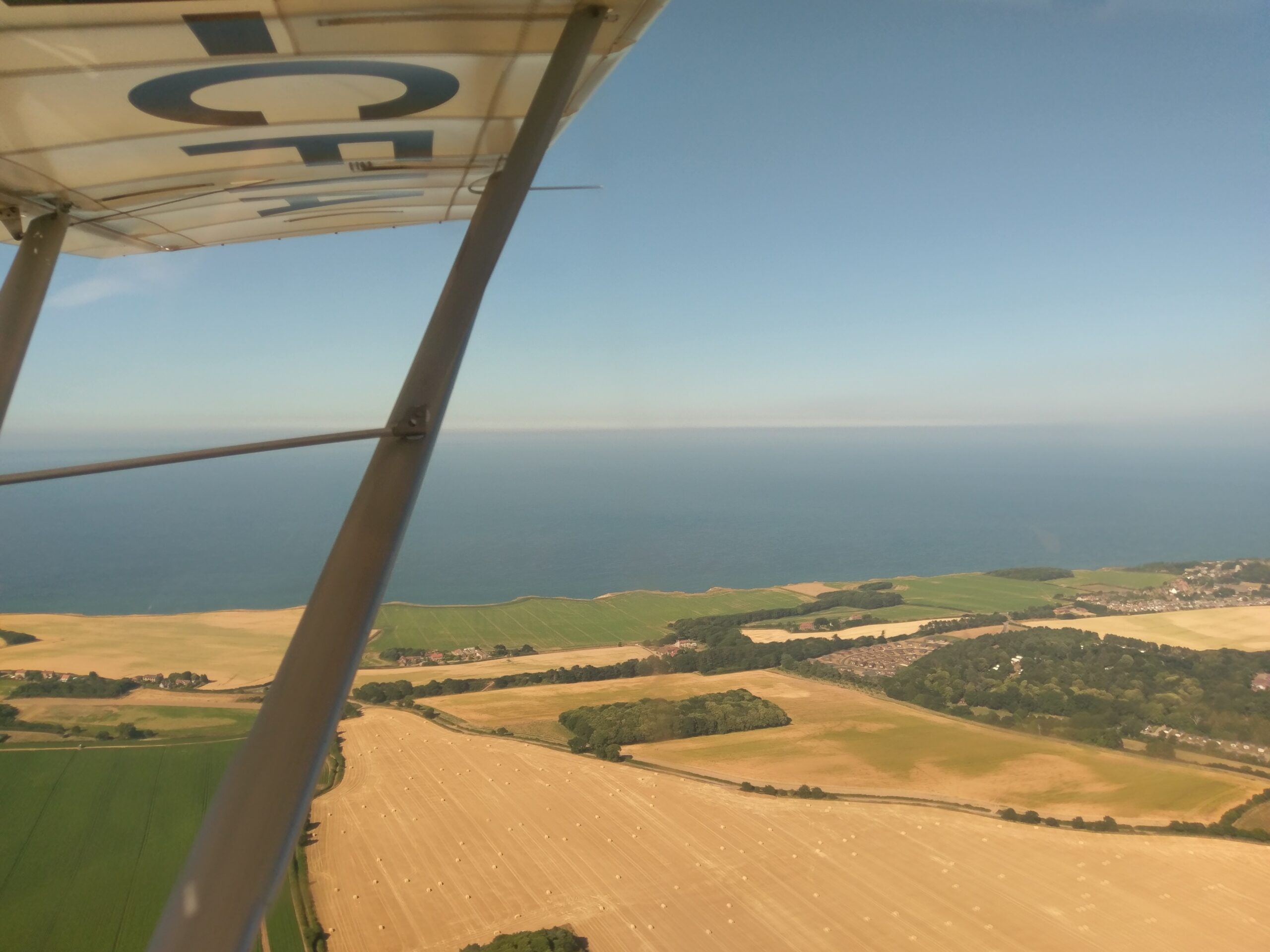
Cross runways at Cromer
September 28, 2018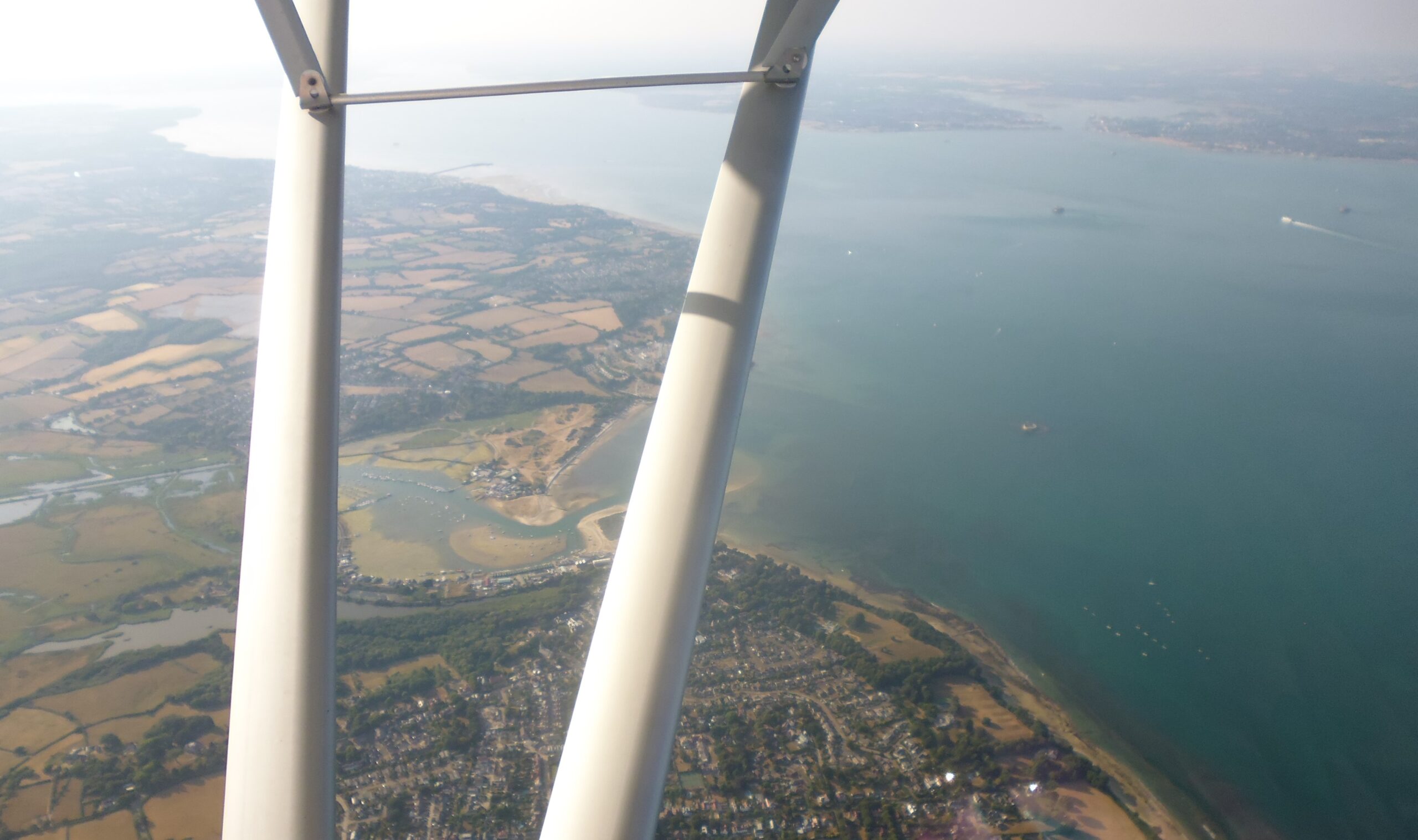
First hop across the water
October 20, 2018Flying in fall
Welcome to autumn. If you were in any doubt as to whether the summer was over, then this week’s fog made it crystal clear.
There I was, having arranged a club flyout for a birthday treat. The forecast looked great, but I opened the curtains and couldn’t see the end of the garden. It will clear, they said, by 11am. Luton, Stansted, Heathrow and Cambridge were all on IMC. Temperatures and dewpoints there were all either the same or within one degree of each other. It did clear, but at around 3pm. We went to the local pub for lunch instead.
The seasonal changes this year have been more abrupt than I remember. It’s as if the summer switch was summarily turned off and we were plunged into autumn. Winter dragged on interminably, then we had a gloriously baking hot summer, and now, the chill of autumn is in the air, however many sunny days are left.
Coming from hotter climes, I am very aware of the transitional seasons one gets here – it’s not just hot and cold, there’s in-between as well – the spectacular colours of fall and the blossoms of spring.
Any flying instructor will tell you that every season has its challenges, but ask them to elaborate, and there’s no simple answer. “As far as weather goes, it’s all -ish,” said one. Another suggested taking a coat up with you, and a pair of sunglasses. The third was emphatic, “It’s such a big subject, you can’t pin it down.”
That’s the problem with weather. Things change, and they change fast. You can hang around for an extra cup of coffee and find that front has moved quicker than predicted. Yet while it is a subject that defies being contained, there are still certain things about the weather in this changing season that you need to be aware of – and if you can think of any more, please pop them in the comments box below.
At the end of this month the clocks go back and then the days will become radically shorter. The nights are longer, so the ground has time to cool down. Anyone flying now has already experienced that the air is denser and not as thermal.
There is less daylight time, the shadows are getting longer and the sun is lower in the sky – all of which sounds obvious, but it does mean that the things you are used to seeing on the runway could be looking different. Add to that the fact that most British runways try and accommodate the prevailing westerly winds and you probably can’t see a darn thing as you land on a clear day because from mid-afternoon for the next few months you are landing straight into the sun. “I know I can’t send a student solo at that time,” says the CFI. He also adds that November is the worst month for fog, another challenge for the pilot. (See Flying in Fog for more on that topic.)
As the days shorten, make sure you don’t get caught out by the early sunset times, particularly after the clocks have changed. The days shorten rapidly, and with the time change and your summer head still on you, it is easy to get it wrong. It’s all down to planning, so keep checking and re-assessing the situation.
A fellow pilot recalls with a chill the memory of a short hop back to his home airfield to land nearly half an hour after sunset. “You are still in full sunshine at 1500ft, with the sun well above the horizon. It comes as a terrific shock when you descend and find that at ground level the sun has set and it’s so much darker. Still legal, but I never want to land that late again.”
And as the winter temperatures set in, perhaps now is good time to check your heater – or think of installing one. Failing that, make sure you have that coat and sunglasses with you.
For more comprehensive reading on the weather for pilots, see the Met Office’s General Aviation website.

